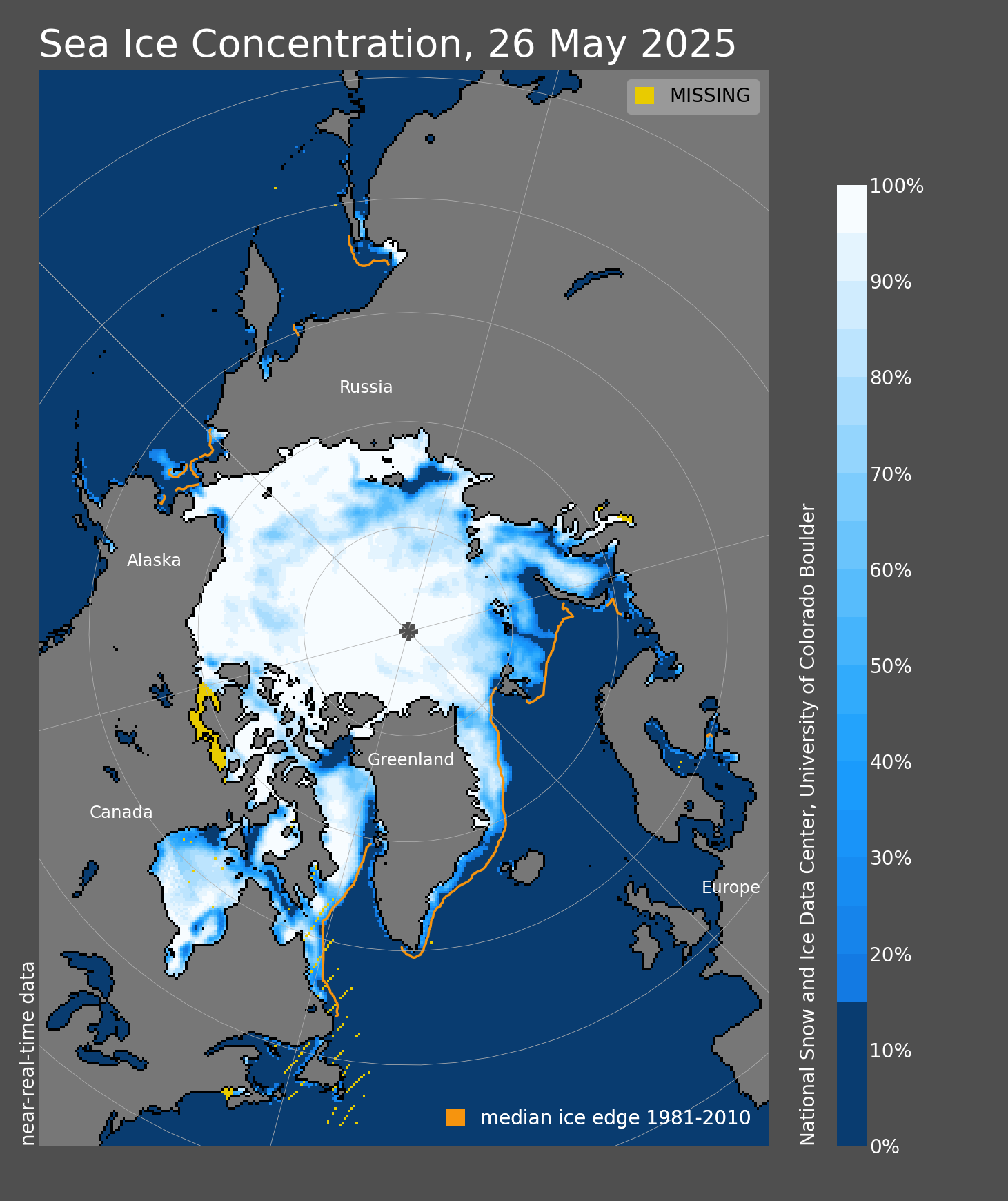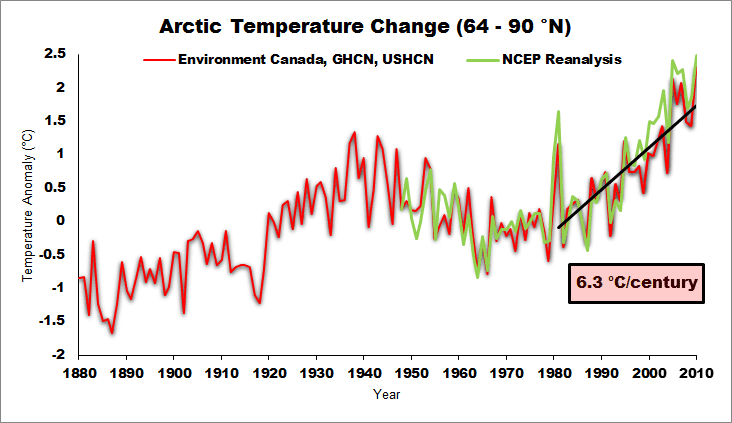Yet science deniers still tell you the ocean rises in specific locations and not in others, and snow stopped falling a decade ago.
SAGE Journals: Your gateway to world-class journal research
SAGE Journals: Your gateway to world-class journal research
Last edited:









